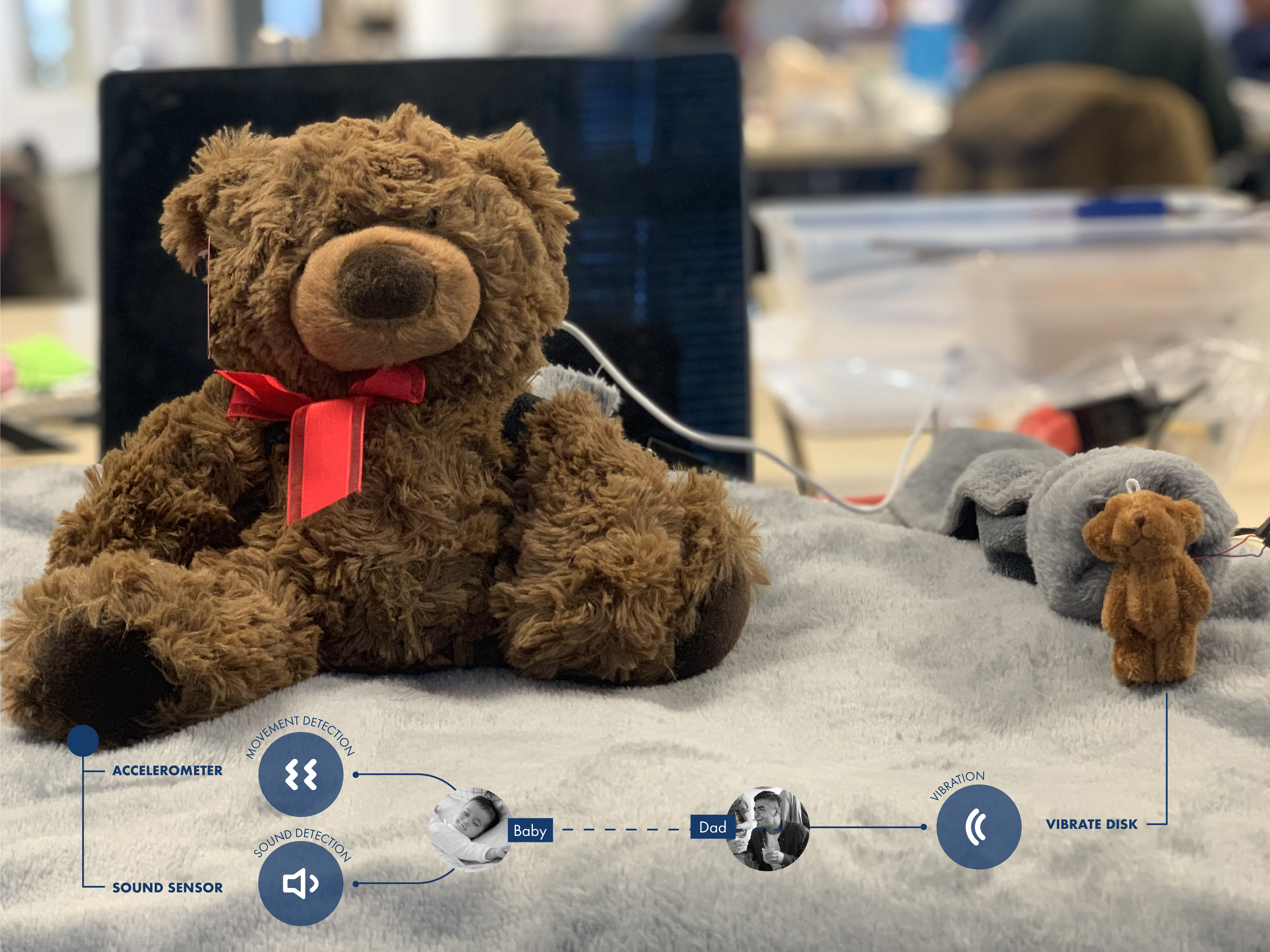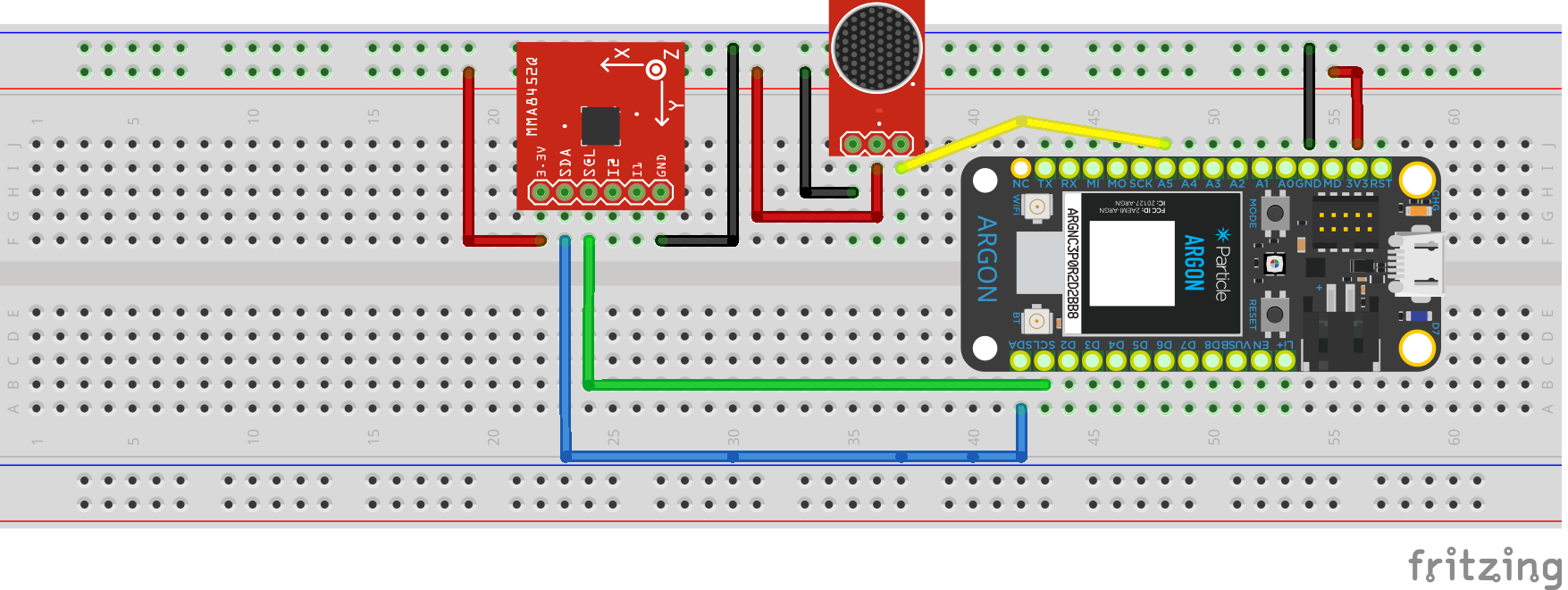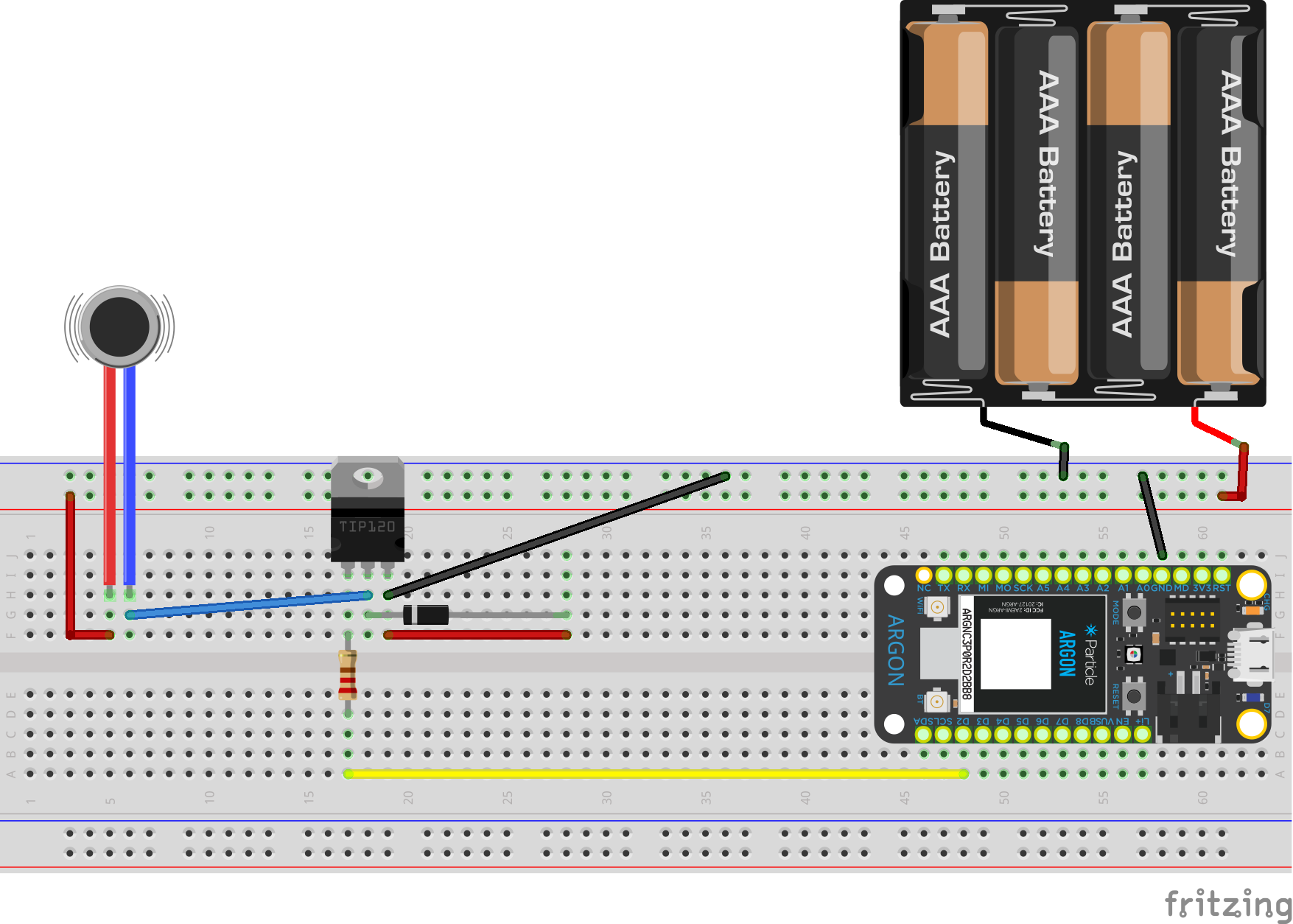Next Steps
Our envisioned next steps are aligned to feedback that we received from our demonstration of the final prototype before faculty and staff from Carnegie Mellon University. Below we outline the feedback received and then follow with our envisioned next steps:
Feedback:
1. False triggers: It was pointed out that our prototype is low fidelity and would result in many false-positive signals. e.g. Someone walking into the room to check on the baby or the baby simply turns while it is sleeping.
2. Sensitivity levels: Related to the false triggers, the sensitivity level of the device may need to be adjusted for the specifics of each baby and the preferences of each parent. This could be done using a setting or a learning algorithm.
3. Turning the alarm off: There is currently no easy way to turn the device off once the parent attends to the baby. This will need to be addressed in the final version.
4. Feedback on the status of the device: It is not currently evident that the device is working by looking at it. In fact, one would only be aware by triggering it. A way of knowing it was working would also reduce a parent's anxiety.
5. Form factor: The form factor, while cute, may not blend into every lifestyle. A receiver that was more appropriate for carrying around may be more desirable.
6. Technical challenge: Can this be made to communicate more information and more relevant information. What do we really need to know about the status of a baby. We were challenged to take the technical solution further and consider computer vision and bio metrics.
We find all this feedback to be relevant and worthy of consideration. We have listed the items above in order of our priority for tackling them.


